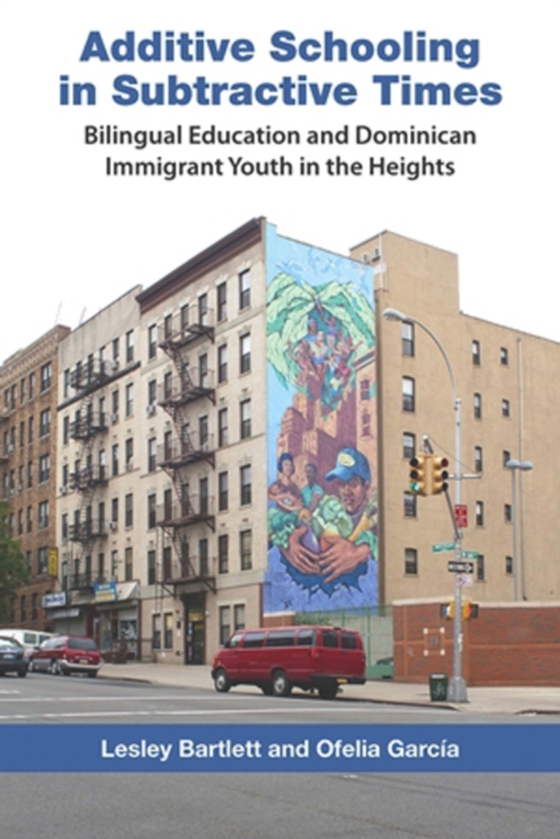
Additive Schooling in Subtractive Times e-bog
202,96 DKK
(inkl. moms 253,70 DKK)
Additive Schooling in Subtractive Times documents the unusually successful efforts of one New York City high school to educate Dominican immigrant youth, at a time when Latino immigrants constitute a growing and vulnerable population in the nation's secondary schools. Based on four and a half years of qualitative research, the book examines the schooling of teens in the Dominican Republic, the ...
E-bog
202,96 DKK
Forlag
Vanderbilt University Press
Udgivet
29 august 2011
Længde
304 sider
Genrer
1KBBEY
Sprog
English
Format
pdf
Beskyttelse
LCP
ISBN
9780826517647
Additive Schooling in Subtractive Times documents the unusually successful efforts of one New York City high school to educate Dominican immigrant youth, at a time when Latino immigrants constitute a growing and vulnerable population in the nation's secondary schools. Based on four and a half years of qualitative research, the book examines the schooling of teens in the Dominican Republic, the social and linguistic challenges the immigrant teens face in Washington Heights, and how Gregorio Luperon High School works with the community to respond to those challenges. The staff at Luperon see their students as emergent bilinguals and adhere to a culturally and linguistically additive approach.After offering a history of the school's formation, the authors detail the ways in which federal No Child Left Behind policies, New York State accountability measures, and New York City's educational reforms under Mayor Michael Bloomberg complicated the school's efforts. The book then describes the dynamic bilingual pedagogical approach adopted within the school to help students develop academic Spanish and English. Focusing on the lives of twenty immigrant youth, Bartlett and Garcia also show that, although the school achieves high completion rates, the graduating students nevertheless face difficult postsecondary educational and work environments that too often consign them to the ranks of the working poor.
 Dansk
Dansk

